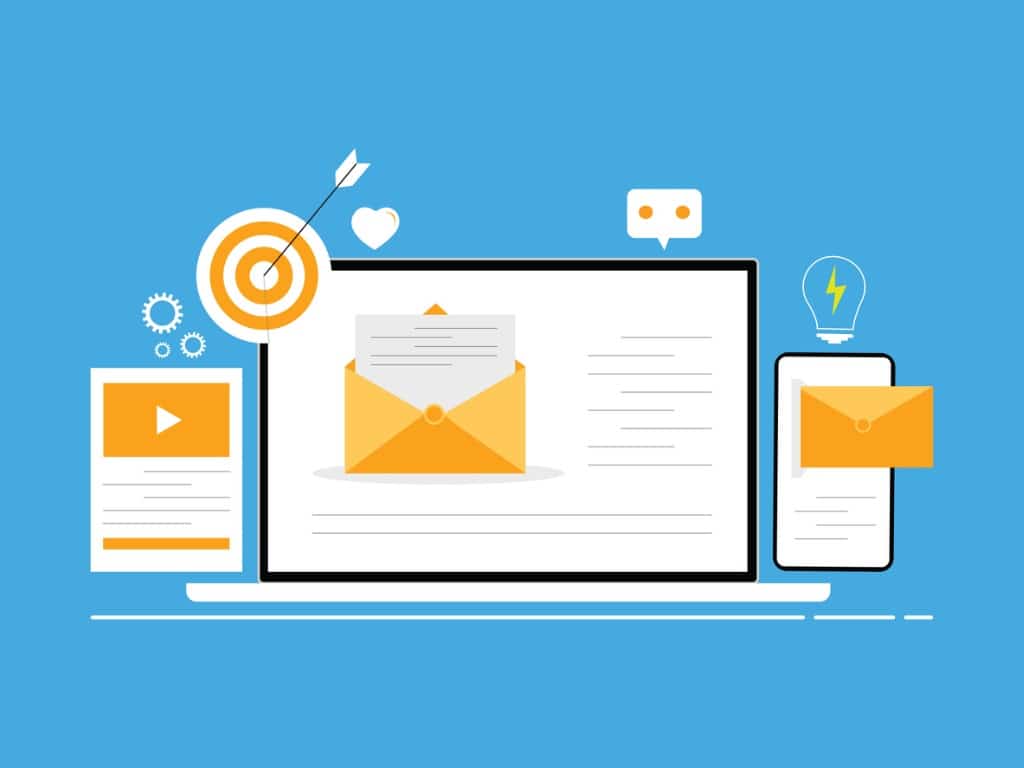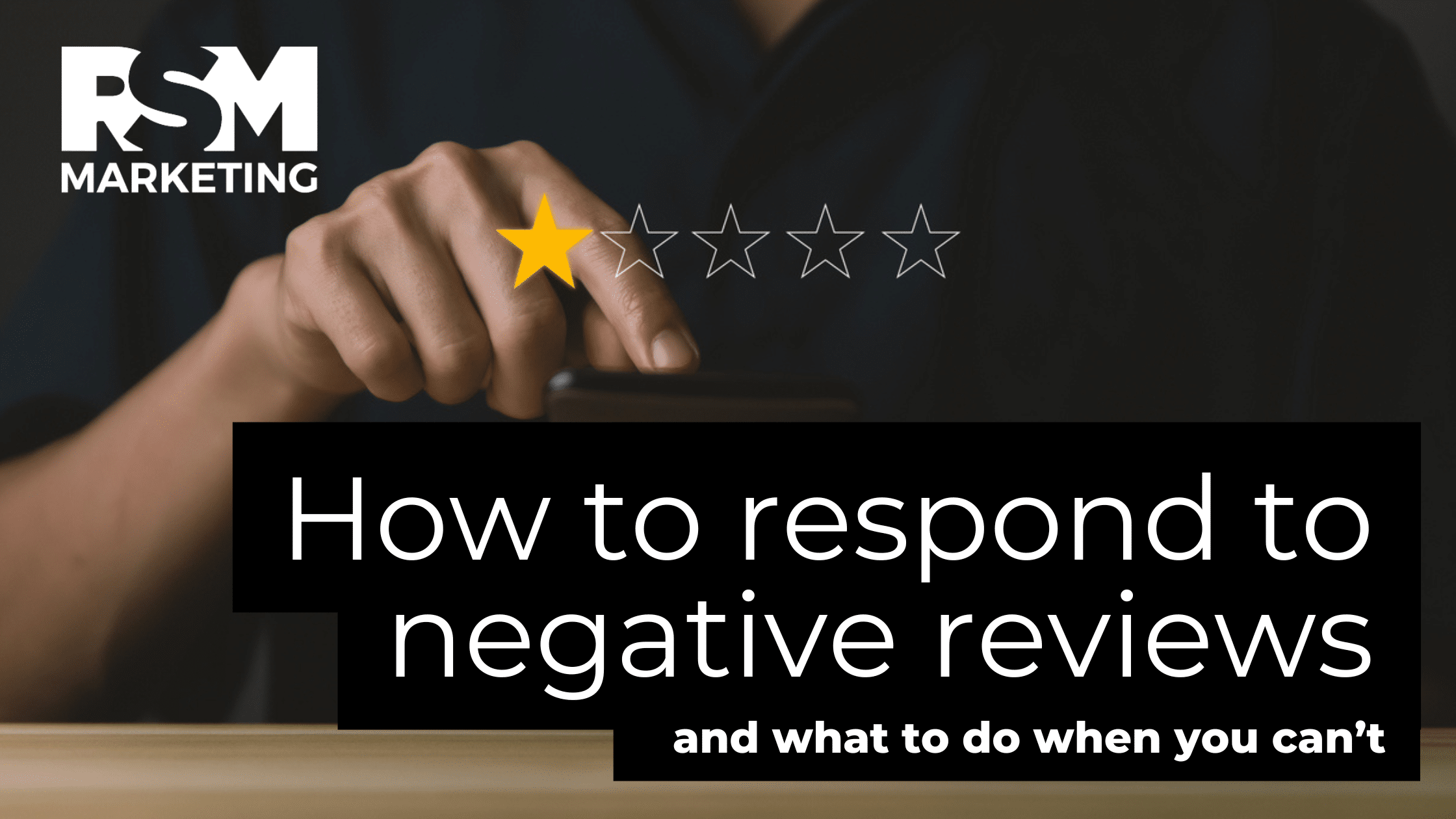Email marketing is effective yet elusive. It seems that companies know they should implement it and think a simple weekly/monthly newsletter does the trick. They are then left wondering why more people aren’t converting into loyal customers from email.
Email newsletters are great for updating people on a company’s latest announcements, but a lot of opportunities are missed. New subscribers only see the latest email announcements and never the other emails you have sent in the past – enter email drip campaigns.
We will get deeper into what exactly an email drip campaign is in a moment, but it is essentially a marketing strategy that sends prewritten messages aka “drips” to prospects and customers over a certain period of time.
Two things separate drip campaigns from other varieties of marketing:
- The email timing has a set course and arrival
- The messages are automated and released to specific people depending on their status and triggers.
What is an Email Drip Campaign?
Drip campaigns are sets of marketing emails written in advance that will be sent out automatically on a schedule or sent by a trigger action on a website.
For example, let’s say you sign up for a newsletter on a website (trigger action). The drip could start with an email thanking you for signing up. Then a few days later, you are sent the most recent articles that have been published by the site. If you click on a few of these articles and read them, the next stage of the drip might send you article suggestions that you might like based on what you read.
An important thing to remember is that these emails are directly targeted and personalized to individuals based on segments and triggers that are defined to help increase engagement and conversions.
Now, you may be on team “I hate that I get so many emails from companies and I am sure everyone else does.”But, according to research collected by the team behind Emma, relevant targeted emails produce 18-times more revenue than globally broadcasted ones.
How to Create an Email Drip Campaign
1. Build your email list
Talking about building email lists could be a blog post in and of itself, but we will attempt to condense everything that goes into building a list of email subscribers in the two points below.
- Find out who your target customer is and decide if you want your email campaign to educate, build authority, or make a sale.
- Create high-quality content geared towards your customer that is in line with those goals and publish it on your website.
2. Set up your email segments
Segment your audience into the following categories. Note that not all categories are relevant to every business and there are plenty of other ways to segment your website visitors.
- Newsletter and blog subscribers.
- First-time customers who purchased from you.
- People who downloaded your lead magnet, white paper, ebook, etc.
- Potential customers who signed up for a free demo or trial.
3. Choose campaign goals
What do you want your campaign to do? Again, your goals may differ from the ones below, but these are some common email campaign goals.
- Get more subscribers.
- Nurture existing subscribers to increase conversions.
- Cross-sell or upsell.
- Sell your product or service.
4. Set up triggers
We don’t want to freak you out, but triggers make or break email campaigns. To create an effective trigger there are several things to keep in mind and, unlike the last two steps where the suggestions may vary, these are best practices for creating an effective trigger no matter what your business or industry.
- Make sure the CTA button is big enough to “catch” the reader’s attention.
- Choose a color that will make your CTA button stand out.
- Keep the text length of your CTA button short and easy to understand.
- Write in a creative and informal tone.
- Create a sense of urgency by creating “limited” offers (e.g. free ebook today only).
5. Create your emails
The content in your emails doesn’t have to be complicated. It should be easy to read, free of fluff, and structurally make sense to the recipient.
Many email marketing platforms have a system for creating your emails and have tutorials for you to do so, but we suggest consulting with a professional marketing agency that is well-versed in email marketing so that you can ensure that the campaign is as effective as possible. If you bring in a third party to set up your campaign, you won’t have to go through the hassle of learning a new platform or risk your emails not performing the way you want them to.
6. Monitor performance and make adjustments
The work isn’t over yet. To ensure your email campaigns are doing their job you will need to monitor their performance and possibly make adjustments to get more engagement.
Email Marketing Statistics
Okay so maybe we haven’t quite convinced you that email campaigns work and you think that people are annoyed by getting emails from companies. Let’s look at some statistics from HubSpot that might help change your mind.
- 99% of consumers check their email every day.
- 59% of respondents say marketing emails influence their purchase decisions.
- 40 percent of B2B marketers say email newsletters are most critical to their content marketing success.
- 73 percent of millennials prefer communications from businesses to come via email.
As you can see email marketing is definitely an effective way to engage your customers and creating drip campaigns with the customer’s needs in mind is one of the surefire ways to bring in more money to your business, increase brand awareness, update your customers, and more.
If you would like to learn more about how email marketing can help your business grow or discuss new marketing opportunities for your company, contact the experts at RSM at 877-272-7810 or fill out the form below.





